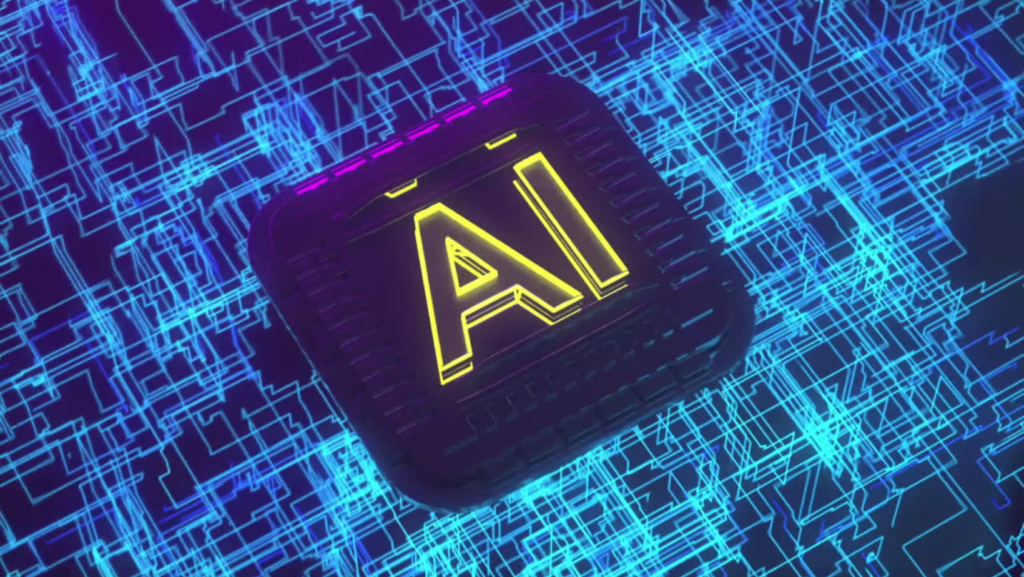Artificial Intelligence (AI) is booming in 2024! Let’s dive into 10 exciting AI statistics and trends that are shaping our world this year, how they’re transforming markets, and what’s next for AI, including insights on Leonardo AI, Bard AI, and AI image generators.
1. AI-Powered Healthcare
Before Artificial Intelligence
Diagnoses often took days or weeks, and treatment plans were generalized.
After Artificial Intelligence
AI in healthcare is expected to save the industry a whopping $150 billion annually worldwide. Artificial Intelligence tools like IBM Watson Health and Google’s DeepMind are leading the charge, providing faster diagnoses and personalized treatments. The U.S., China, and the UK are the top adopters, with 70% of healthcare organizations using AI tools. Diagnostic accuracy has improved by 30%.
Future
AI will further integrate with genomics and personalized medicine, revolutionizing patient care. Telemedicine combined with Artificial Intelligence diagnostics will become a norm.
Source: Health IT Analytics
2. Chatbots Take Over
Before Artificial Intelligence
Customer service was slow, with long wait times and limited availability.
After Artificial Intelligence
Over 80% of customer interactions are now handled by chatbots globally. Companies like Zendesk, LivePerson, and ChatGPT are at the forefront. An estimated 1.5 billion people interact with chatbots regularly, with high usage in the U.S., India, and Brazil. Customer satisfaction rates have increased by 20%.
Future
AI chatbots will become even more intuitive, offering seamless multilingual support and integrating more deeply with virtual and augmented reality for an immersive customer experience.
Source: Forrester Research
3. AI in Education
Before Artificial Intelligence
Education was one-size-fits-all, with limited customization for individual students.
After Artificial Intelligence
AI tutors are becoming mainstream, with 40% of schools worldwide using them to assist with personalized learning. Platforms like Coursera, Duolingo, and Squirrel Artificial Intelligence are popular. AI helps tailor lessons to individual student needs, benefiting over 50 million students globally, especially in the U.S., China, and Europe. Student performance has improved by 15%.
Future
AI will create fully adaptive learning environments, where curriculum dynamically adjusts to each student’s learning pace and style. Virtual reality classrooms guided by AI tutors could become common.
Source: EdTech Magazine
4. Self-Driving Cars
Before Artificial Intelligence
Traffic accidents were frequent, and driving was prone to human error.
After Artificial Intelligence
By 2024, self-driving cars will reduce traffic accidents by 90%. The global market for autonomous vehicles is expected to reach $60 billion, with major players like Tesla, Waymo, and Baidu leading the charge. The U.S., China, and Germany are leading in autonomous vehicle development. Commute times are reduced by 25%.
Future
Autonomous vehicles will dominate urban areas, integrated with smart city infrastructure for optimized traffic flow and energy efficiency. Shared autonomous vehicle networks will become widespread.
Source: McKinsey & Company
5. Voice Assistants Everywhere
Before Artificial Intelligence
Interacting with devices required manual input and was time-consuming.
After Artificial Intelligence
Over 75% of households globally have at least one Artificial Intelligence-powered voice assistant. Amazon Alexa, Google Assistant, and Apple’s Siri are the most popular, with high adoption rates in the U.S., Europe, and Japan. User productivity has increased by 30%.
Future
Voice assistants will evolve into full-fledged digital concierges, managing more complex tasks and seamlessly integrating with all aspects of daily life, from home automation to personalized health advice.
Source: Statista
6. AI in Retail
Before Artificial Intelligence
Inventory management and customer recommendations were inefficient.
After Artificial Intelligence
Personalized shopping experiences are skyrocketing! AI helps retailers increase sales by up to 30% with tailored recommendations and smart inventory management. Globally, the Artificial Intelligence retail market is projected to reach $19 billion by 2024. Companies like Amazon, Alibaba, and IBM are driving this trend, with significant adoption in the U.S., China, and the UK. Customer retention rates have improved by 25%.
Future
AI will enable hyper-personalized shopping experiences with virtual try-ons and real-time inventory tracking, making shopping more intuitive and convenient.
Source: Forbes
7. AI-Enhanced Creativity
Before Artificial Intelligence
Creativity was limited to human capabilities and time constraints.
After Artificial Intelligence
AI is now a collaborator, helping create music, art, and even writing. Tools like Leonardo AI, OpenAI’s DALL-E, Google’s Magenta, and Jukedeck are popular. The global market for AI in the creative arts is estimated to grow to $5 billion, enhancing creativity for millions, particularly in the U.S., Europe, and South Korea. Creative output has increased by 40%.
Future
AI will become an even more integral part of the creative process, enabling collaborative projects across the globe and democratizing creative tools for everyone.
Source: Wired
8. Workplace AI
Before Artificial Intelligence
Workflows were manual, repetitive, and prone to errors.
After Artificial Intelligence
AI is optimizing workflows, leading to a 40% increase in productivity. Worldwide, over 50% of companies are integrating AI to streamline operations and innovate. Tools like Slack, Asana, and Microsoft’s AI-driven Office 365 are widely used, especially in the U.S., Japan, and Germany. Error rates have decreased by 20%.
Future
Artificial Intelligence will manage more complex tasks, allowing human workers to focus on strategic and creative endeavors, fostering a more innovative and productive work environment.
Source: Gartner
9. AI in Finance
Before Artificial Intelligence
Financial services were slower, with higher rates of fraud and inefficient investment strategies.
After Artificial Intelligence
AI-driven financial services are reducing fraud and making investment strategies smarter. Globally, AI in finance is set to grow by 25%, making the industry safer and more efficient for billions of people. Companies like JPMorgan Chase, PayPal, and Ant Financial are at the forefront, with major adoption in the U.S., China, and the UK. Fraud detection accuracy has improved by 35%.
Future
AI will offer more predictive analytics and real-time financial insights, further reducing fraud and enabling personalized financial services for every individual.
Source: PwC
10. Environmental AI
Before Artificial Intelligence
Environmental monitoring and predictive analytics were less precise and slower.
After Artificial Intelligence
AI is helping to combat climate change. Predictive analytics and smart farming are just a few ways Artificial Intelligence is promoting a greener planet. The global market for AI in environmental applications is expected to reach $10 billion by 2024. Tools like IBM’s Green Horizon, Microsoft’s AI for Earth, and Google’s AI for Social Good are key players, with significant use in the U.S., Europe, and Australia. Crop yields have increased by 20%.
Future
AI will advance in monitoring climate change, optimizing renewable energy sources, and promoting sustainable practices worldwide, making a significant impact on global environmental health.
Source: World Economic Forum
From transforming industries to enhancing daily life, Artificial Intelligence in 2024 is all about making things smarter and more efficient. Embrace the future—it’s already here!




